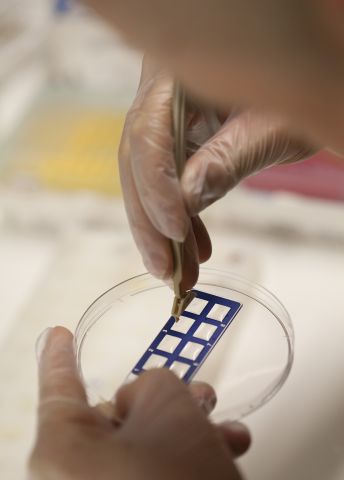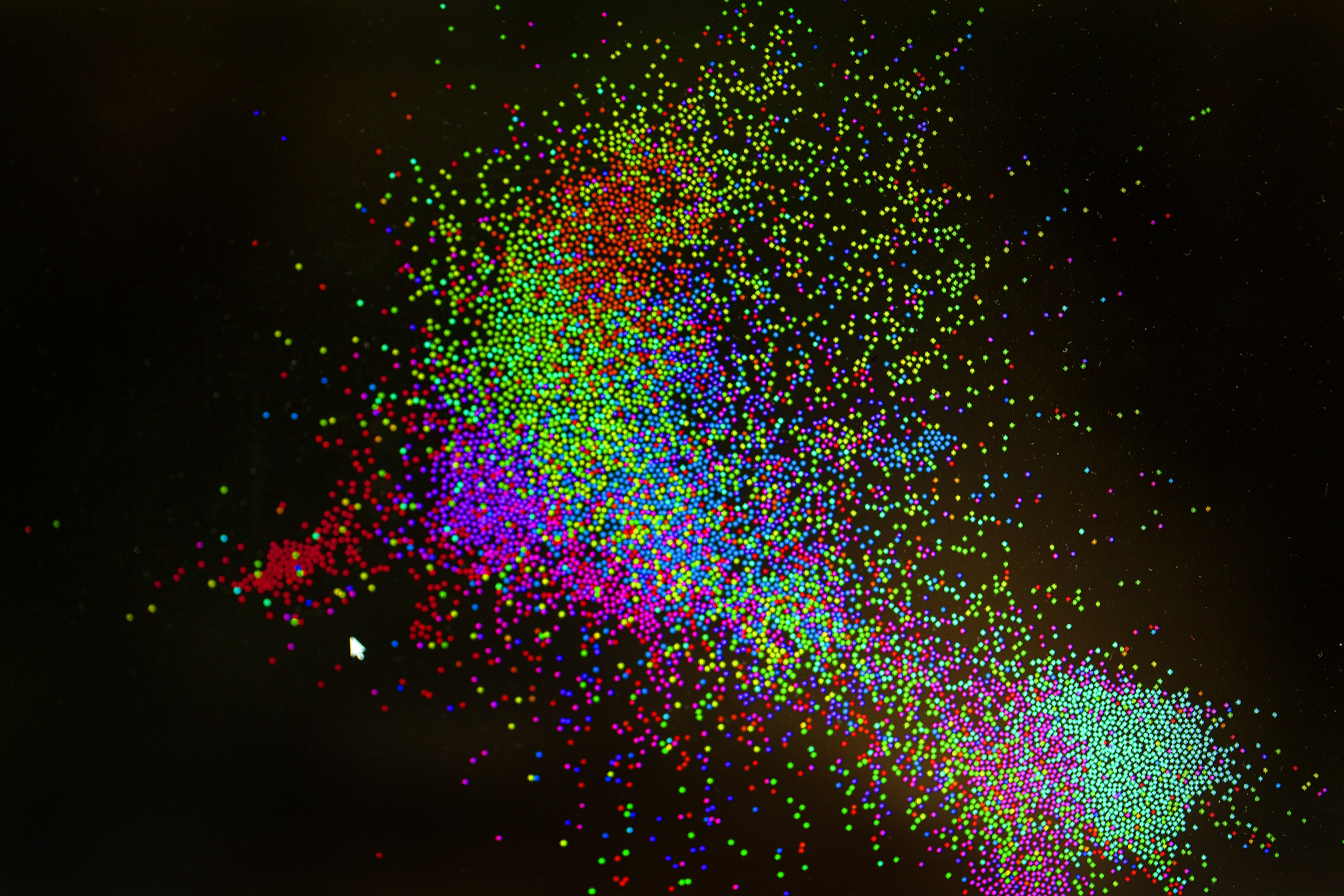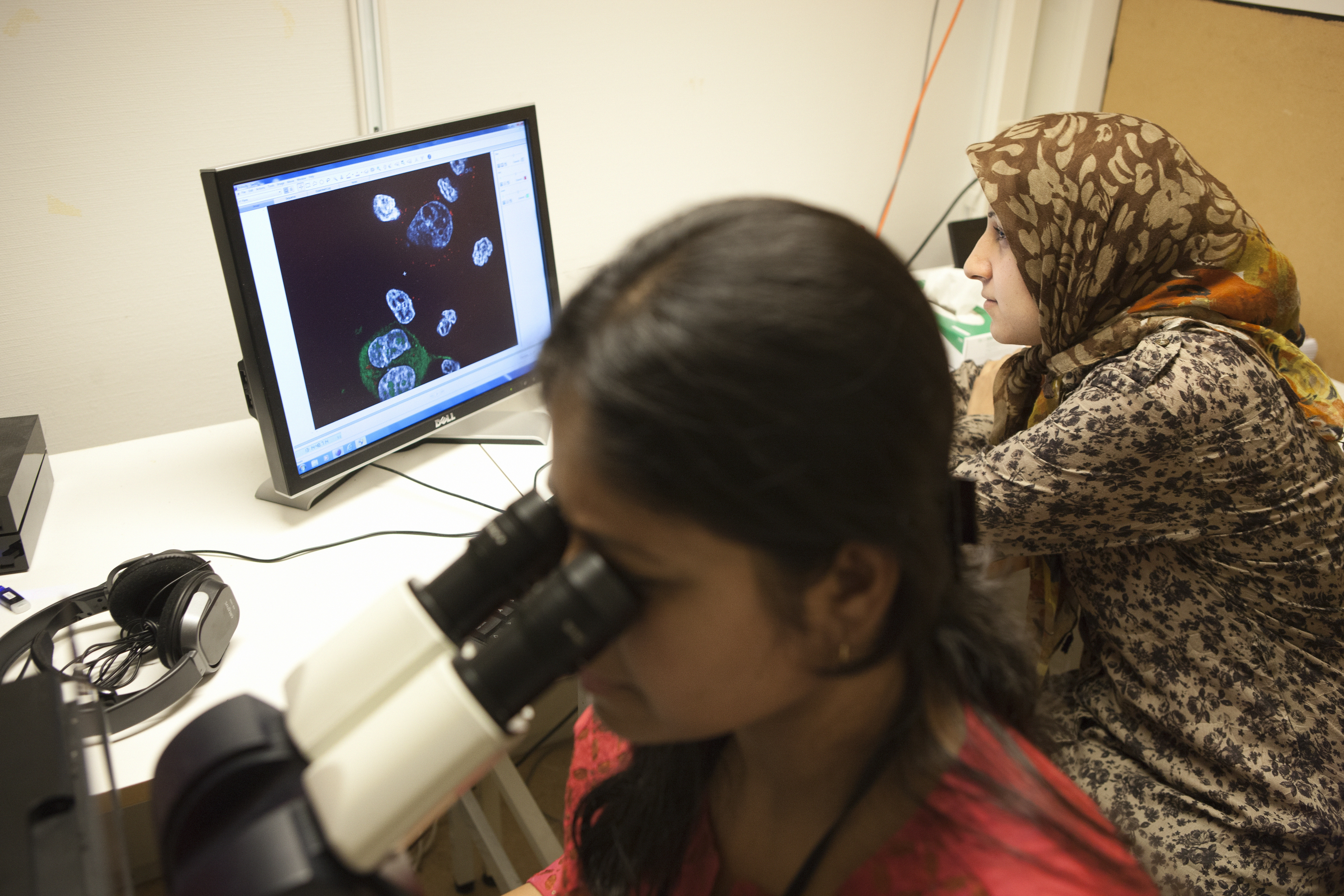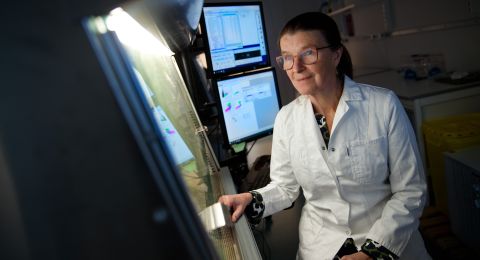
Project Grants 2011
Clinical epigenetics of acute leukemia
Principal Investigator:
Karl Ekwall, professor of medical genetics
Co-investigators:
Rolf Ohlsson
Sören Lehmann
Institution:
Karolinska Institutet
Grant in SEK:
41.8 million over five years
Cancer is a capricious disease that science, despite enormous research efforts, still has not managed to halt. One reason is that cancer is not one disease but several.
But it is now known that the epigenetic state is often altered in cancer cells. Many researchers studying epigenetics buy into the hypothesis that cancer often emerges as a result of epigenetic disturbances in stem cells, disturbances that in turn pave the way for genetic changes and problems when the cell is to mature. If this hypothesis proves to be correct, many forms of cancer, perhaps all of them, may have a common origin.
“What gives us hope is that epigenetic changes are reversible, that is, if you know what’s wrong and how it happened, you can correct it,” says Karl Ekwall, a professor of medical genetics.
Governs the genome
Epigenetic literally means ‘above the genes.’ It is a relatively new research field that could completely change our view of genetics. In the past we learned that the genes we inherited from our parents determine, in combination with various environmental factors, how we turn out as individuals and what diseases we risk developing. But most evidence indicates that diseases are not only dependent on what our genes look like but also how they are governed. And that is where epigenetics comes in.
“Genetic and epigenetic mechanisms can be likened to a symphony orchestra where the genes are the musicians and epigenetics is the conductor, whose job it is to get them to play the same piece and to determine when they should play loud or quiet or be silent,” says Rolf Ohlsson, a professor of genomic integrity, and the pioneer in epigenetics in Sweden.
In other words, it is epigenetic information that governs which genes are to be activated and which are to be shut down, silenced. Translated into computer language, the genes are the hardware and epigenetics is the software.

Link between heredity and environment
Epigenetics is often described as the link between the importance of heredity and environment in terms of what features or diseases we develop. What causes an epigenetic state remains an enigma. Cancer develops when cells mutate; defective information is transmitted when cells multiply. The mutated cells cannot cope with the tasks they are supposed to be responsible for, and at the same time they multiply unhindered, lumping together to form tumors.
“It’s calculated that epigenetic mutations, epimutations, can be up to more than 10,000 times more common than genetic mutations. It’s probable that the interplay between genetics and the surroundings that affects the number of epimutations, and thereby the risk of cancer,” says Rolf Ohlsson.
High mortality rates for acute leukemia
The research project, which is supported by the Knut and Alice Wallenberg Foundation, is intended to investigate how epigenetic states change in acute myeloid leukemia, AML, the most common type of acute leukemia, which affects between 300 and 350 Swedes of all ages every year.
“The disease has a generally poor prognosis. Only 15 to 20 percent survive, so there is a crying need for research,” says Sören Lehmann, a specialist consultant at Karolinska University Hospital and a researcher at KI.
He and his two colleagues agree that this research has barely scratched the surface.
“We know that leukemia cells differ a great deal from normal blood cells epigenetically. But much remains to be charted. We want to understand what goes wrong when acute leukemia develops. That in turn can lay the groundwork for better diagnosis and new treatment methods.”

Individual treatment methods
And the conditions are good for them to be able to make major research advances.
“We have access to Scandinavia’s largest biobank with AML samples, which are moreover tied to a unique leukemia registry. A great deal of the genetics behind the disease has also been mapped,” says Karl Ekwall.
They also point out the importance of their having both different expertise in the group and clear clinical connections, close to patients.
“Leukemia is one of the few cancer diseases that are already partly being treated with drugs that target epigenetic changes,” says Sören Lehmann.
The three researchers believe their project will provide a solid foundation for enhanced treatment of patients with acute leukemia.
“We also have hopes that it will be possible to use the treatment for other cancer forms. We also hope to find epigenetic markers that can be used for diagnosis and prognosis, thus enabling the creation of individualized treatments. Today some patients are over-treated, while others receive too little treatment, which means that many people die.”
Text Carina Dahlberg/KAW
Translation Donald S. MacQueen
Photo Magnus Bergström



